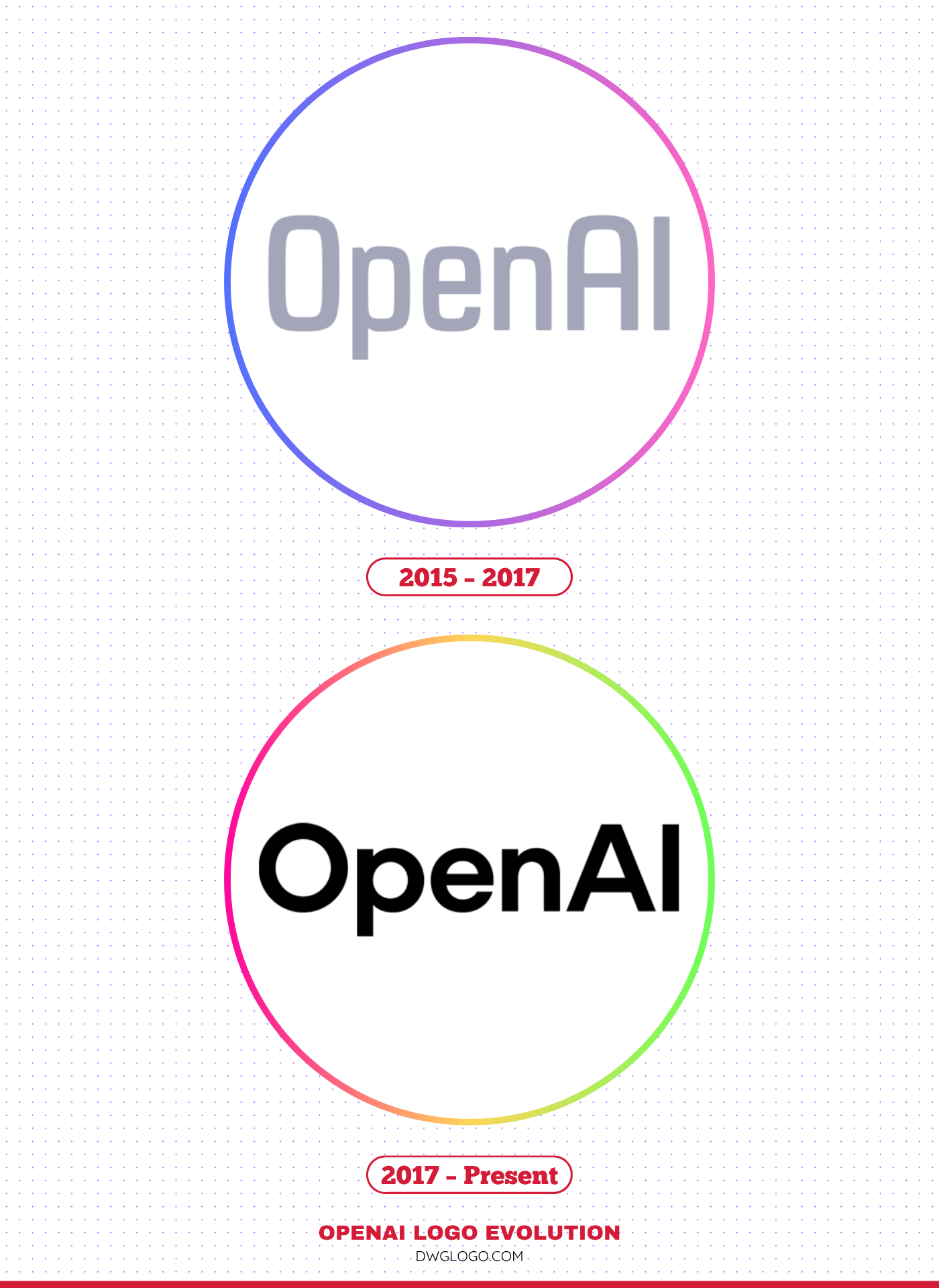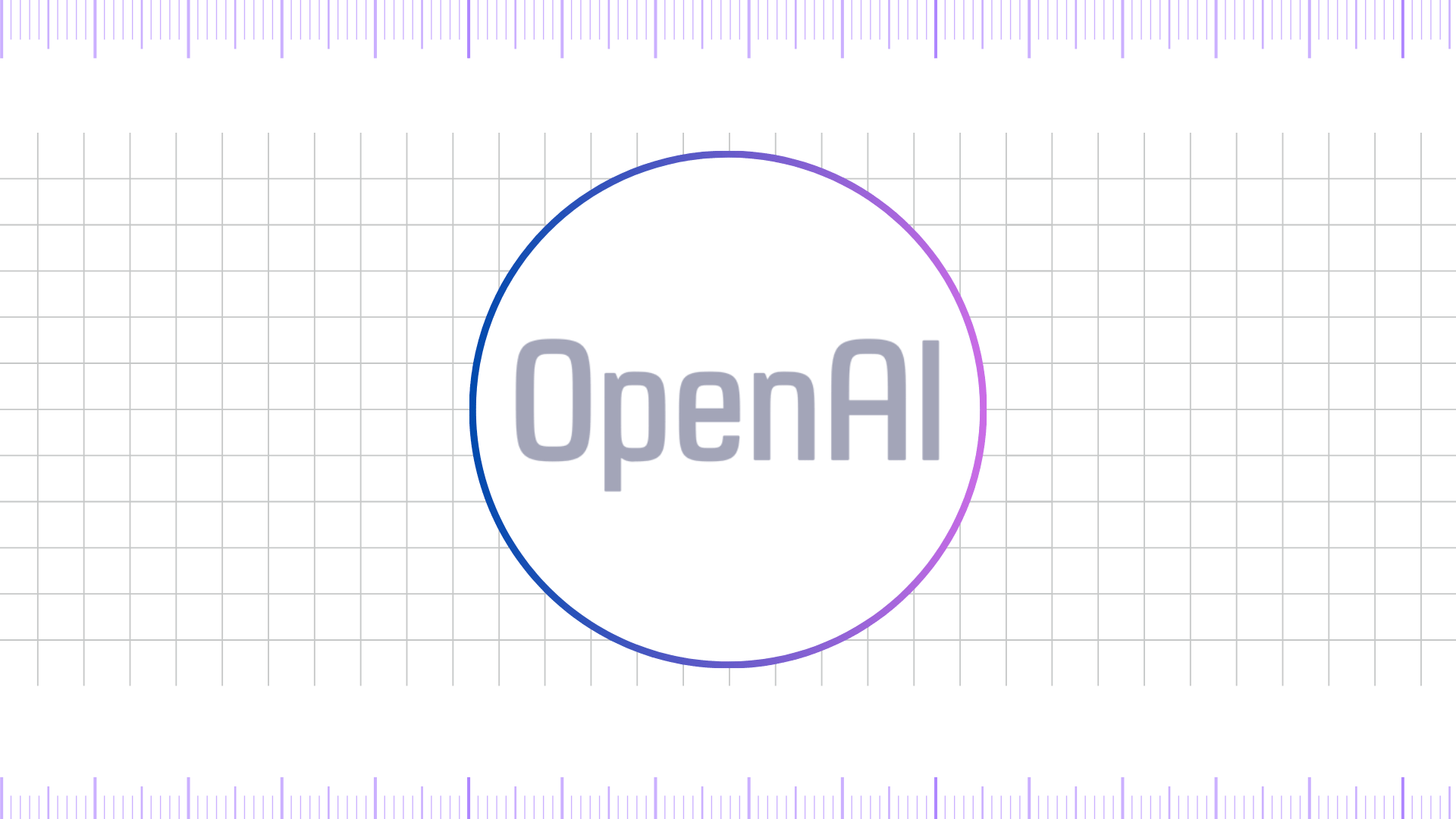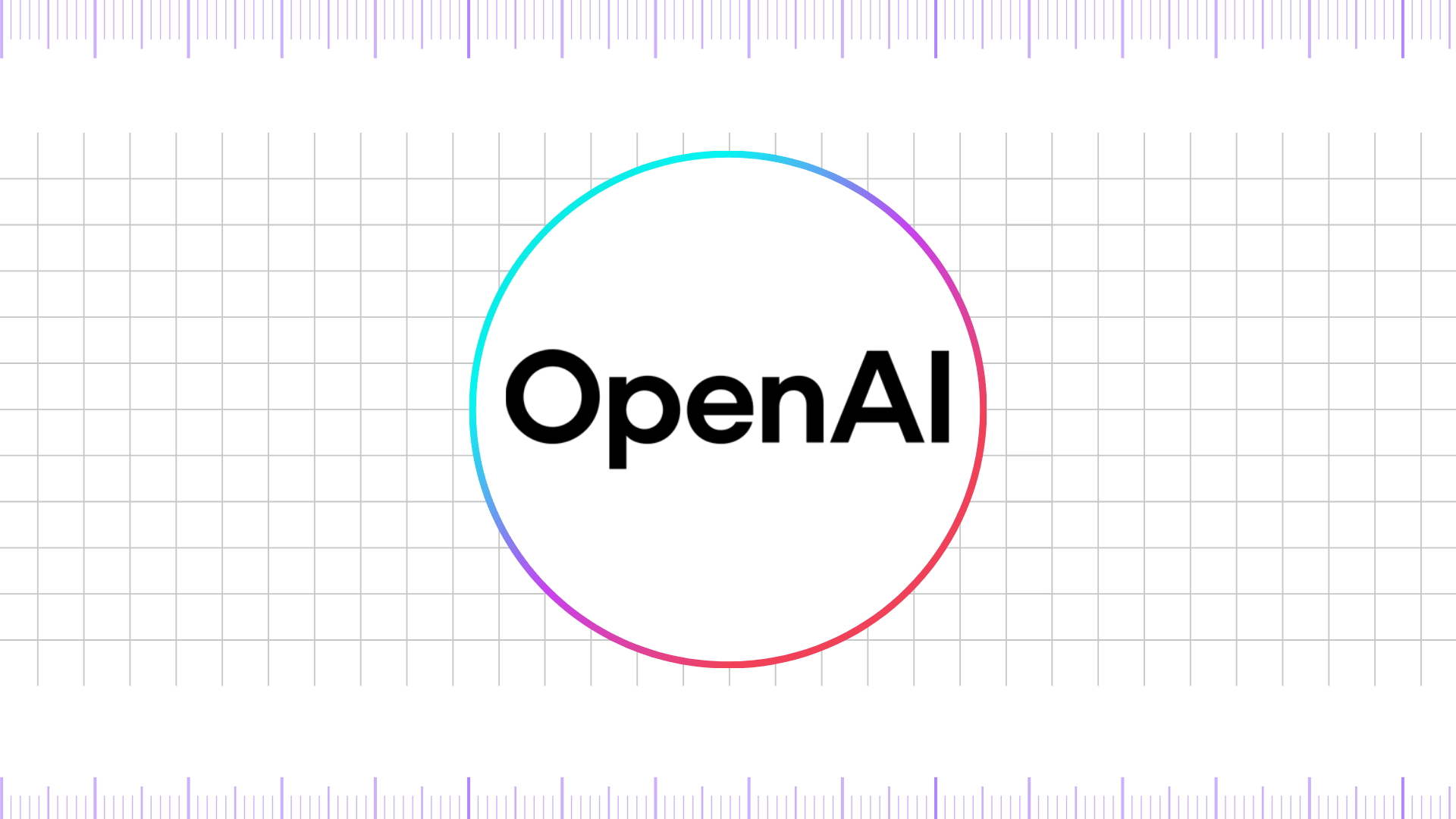Since its founding in 2015, OpenAI has emerged as a global leader in artificial intelligence research and innovation, and its visual identity has evolved to reflect this technological growth and maturing mission. The OpenAI logo is more than just a symbol; it communicates the organization’s focus on responsible AI development, transparency, and forward-thinking design.
The evolution of the OpenAI logo can be divided into two key stages: the original logo used from 2015 to 2017 and the modern version that has been in use from 2017 to the present. Each version carried its own message, tone, and stylistic approach that aligned with the company’s public image at the time. From color psychology to font styling, OpenAI has crafted a visual identity that balances innovation with trust and simplicity.
The transition reflects its shift from a small research lab to a globally recognized AI powerhouse responsible for creating groundbreaking tools like GPT models, DALL·E, and ChatGPT, which have changed how people and industries interact with technology.
The Evolution of the OpenAI Logo
2015 – 2017
OpenAI, an organization that has profoundly redefined the global conversation around artificial intelligence, undertook a decisive evolution across its formative years, transitioning from an ambitious non-profit research initiative to a commercially powerful developer of frontier models.
The period between 2015 and 2017 represents the organization’s foundational phase, beginning with its establishment in December 2015 by a consortium of tech luminaries including Sam Altman, Elon Musk, and Greg Brockman, supported by a committed pledge of over $1 billion. The core mission of this era was unambiguous: to ensure that artificial general intelligence (AGI) would benefit all of humanity, necessitating a structural commitment to transparency, open-source sharing, and safety-focused research.
During these early, non-profit years, the organization focused heavily on pure academic and collaborative work, yielding significant open-source contributions to the AI community. Key milestones included the 2016 release of OpenAI Gym, a foundational toolkit for developing and comparing reinforcement learning algorithms, and its ambitious pursuit of complex, strategic AI through projects like the development of the Dota 2 bot, OpenAI Five.
The shift to a more aggressive research agenda, particularly the realization in 2017 that the computational power required to achieve AGI would cost billions of dollars—far exceeding the resources of a pure non-profit—began to challenge the initial structural constraints. This economic reality underscored the strategic tension between the organization’s open mission and the escalating fiscal demands of cutting-edge AI development, culminating in internal debates about the necessary path forward.
2017 – Present
The pivotal shift into the 2017–Present era marks the definitive transformation of OpenAI’s structure and its rapid ascent to a global commercial leader, beginning with the internal recognition of the massive computational and talent costs required to compete effectively in the race for AGI.
Though debates about the financial model were ongoing in 2017, the formal creation of the “capped-profit” subsidiary, OpenAI LP, in 2019, definitively signaled the organization’s new trajectory, allowing it to raise the immense capital necessary by offering capped returns to investors like Microsoft, who would become a key partner.
This structural change unlocked the resources to pursue the computationally intensive development of large language models (LLMs). The subsequent years saw the rapid succession of groundbreaking model releases, starting with the first Generative Pre-trained Transformer (GPT-1) in 2018, followed by the more potent GPT-2, and the industry-redefining 175-billion-parameter GPT-3 in 2020.
This trajectory culminated in the 2022 public release of ChatGPT, which triggered a massive wave of mainstream AI adoption and cemented OpenAI’s status as a commercial powerhouse and cultural phenomenon. The modern era is characterized by multimodal models like GPT-4 and DALL-E, deep integration with commercial products through its API, and a constant navigation of safety, ethics, and geopolitical concerns, as the organization strives to balance its foundational mission with the commercial demands of its capped-profit model
FAQ’s
What does the OpenAI logo symbol represent?
The knot-like hexagonal symbol represents the interconnectedness of artificial intelligence, human collaboration, and ethical responsibility. It symbolizes complexity, unity, and the structured nature of AI algorithms.
Why did OpenAI change its logo in 2017?
OpenAI updated its logo to reflect its growth from a research-focused nonprofit to a more influential and global AI organization. The new design offers stronger brand recognition, modern aesthetics, and versatility across products.
What font does OpenAI use?
OpenAI uses a modern geometric sans-serif typeface with smooth, clean lines and clear spacing. It resembles fonts like Inter or Helvetica Neue, emphasizing clarity and professionalism.
What colors are used in the OpenAI logo?
The current OpenAI logo uses dark navy or near-black for the text and symbol, often paired with white or light gray backgrounds. This creates contrast, elegance, and a forward-thinking tone.
Final thoughts,
The evolution of the OpenAI logo from 2015 to today demonstrates the company’s shift from research foundations to global technology leadership. With thoughtful use of typography, color, and symbolic design, the current logo effectively communicates innovation, intelligence, and trust. This sophisticated visual identity supports OpenAI’s mission to build safe and powerful AI that benefits society while reinforcing a strong, modern, and recognizable brand image.
Reference: [1]


